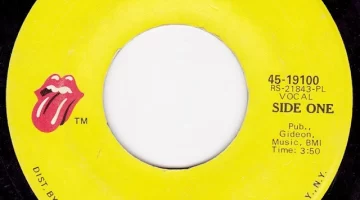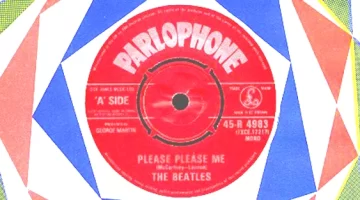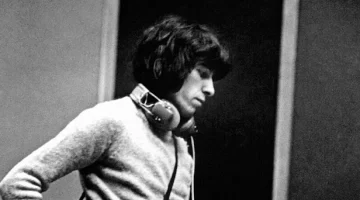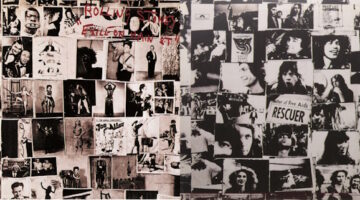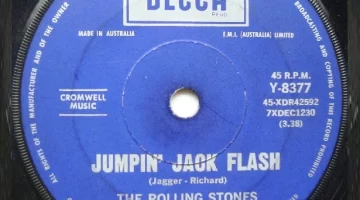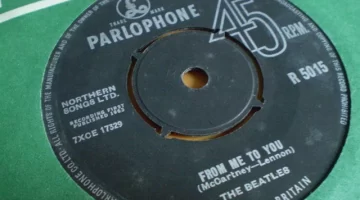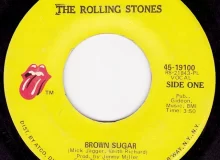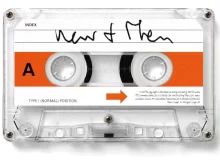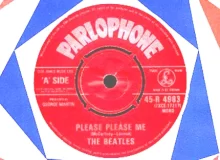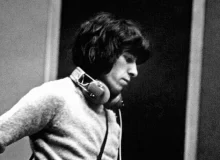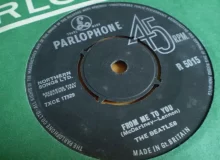The Songs: Brown Sugar
Love Me Do tells the story behind the writing and recording of Brown Sugar by The Rolling Stones, the hit single from the LP Sticky Fingers.
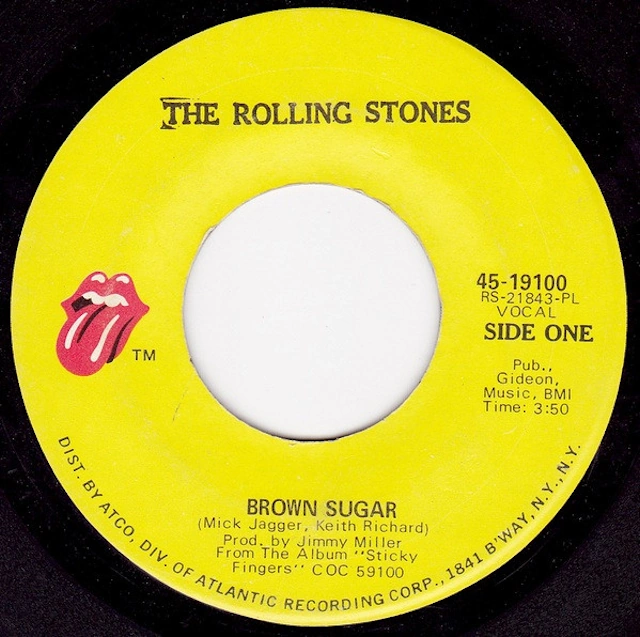 Brown Sugar is one of the Rolling Stones’ most long-lasting and controversial songs. Released in 1971, it served as the lead single from their classic album Sticky Fingers and quickly became a commercial hit. But beyond its catchy guitar riff and raucous energy lies a song with a complicated history, provocative lyrics, and a significant place in rock history.
Brown Sugar is one of the Rolling Stones’ most long-lasting and controversial songs. Released in 1971, it served as the lead single from their classic album Sticky Fingers and quickly became a commercial hit. But beyond its catchy guitar riff and raucous energy lies a song with a complicated history, provocative lyrics, and a significant place in rock history.
Brown Sugar: Origins and Writing
Mick Jagger wrote Brown Sugar in 1969 during the filming of the movie Ned Kelly, in which he played the title role. The setting was Australia, and Jagger reportedly wrote the song in a burst of inspiration while staying at a ranch near Sydney. At the time, Jagger was in a relationship with African-American singer Marsha Hunt, and some sources suggest she may have influenced the song’s themes. However, Jagger has given varying explanations for the song’s meaning over the years.
Musically, Brown Sugar was composed in a straightforward rock and roll style, but the lyrics stirred immediate controversy. They reference slavery, interracial sex, sadomasochism, and heroin—blunt and shocking topics, even in the freer cultural climate of the late 1960s and early 1970s. The line ‘Gold coast slave ship bound for cotton fields’ opens the song with stark imagery, followed by suggestive references that mix history, race, and sexuality in a way that has led to decades of debate.
Jagger later acknowledged that he probably wouldn’t write the song the same way today. In a 1995 interview, he said, ‘I never would write that song now. I would probably censor myself.’ Despite or perhaps because of its provocativeness, the song became an enduring part of the Stones’ catalogue and stage act.
Recording and Release of Brown Sugar
Brown Sugar was first recorded in December 1969 at Muscle Shoals Sound Studio in Alabama. The Stones were wrapping up their 1969 U.S. tour and used the relatively unknown but now legendary studio to lay down three tracks, the other two being Wild Horses and You Gotta Move.
The session at Muscle Shoals was significant: the Stones, one of the biggest British rock bands, recording deep in the American South, in a place associated with soul and R&B music, created an interesting cultural collision. The lyrics for Wild Horses were completed by Keith Richards in the studio toilet, where he locked himself in to get some privacy.
The recording featured the core Rolling Stones lineup:
- Mick Jagger – lead vocals, backing vocals
- Keith Richards – electric rhythm guitar, backing vocals
- Mick Taylor – lead guitar
- Bill Wyman – bass guitar
- Charlie Watts – drums
Also playing on the track was Ian Stewart, the Stones’ longtime road manager and unofficial sixth member, on piano. His boogie-woogie style is subtle but adds a classic rock and roll feel. The saxophone solo was performed by Bobby Keys, whose explosive playing became one of the song’s standout features. Keys would go on to have a long and fruitful collaboration with the band, particularly in the early 1970s.
Despite being recorded in 1969, the song wasn’t released until April 1971 in the UK and the US, leading the Sticky Fingers album which came out shortly thereafter. It was the first single released on the Rolling Stones’ own label, Rolling Stones Records, which they formed after splitting from Decca Records. The single, like the album, was also notable for featuring the iconic tongue and lips logo designed by John Pasche, which became synonymous with the band.
Brown Sugar’s Chart Success and Legacy
Brown Sugar quickly shot to the top of the charts. It reached Number 1 in the U.S. Billboard Hot 100 and Number 2 on the UK Singles Chart. Its success cemented the Rolling Stones’ reputation as both rock icons and cultural provocateurs. The song’s raw energy, blistering guitar riffs, and bluesy swagger made it a staple of their live shows for decades.
The track opens with one of the most recognizable guitar riffs in rock history. Keith Richards has said that he was surprised it became such a hit, noting that the track was more of a rough mix and was meant to be a bit more polished. That rawness, though, is part of what gives the song its power.
Despite—or because of—its popularity, Brown Sugar has never escaped criticism. Over the years, scholars, critics, and listeners have debated the song’s lyrics. While some see it as a critique of exploitation and racial injustice cloaked in provocative rock imagery, others see it as insensitive or even exploitative itself. The band has typically avoided in-depth interpretations, letting the ambiguity linger.
In recent years, the Rolling Stones themselves have reassessed the song. In 2021, amid a renewed cultural reckoning around race and representation, the band decided to remove Brown Sugar from the set list of their U.S. tour. Keith Richards said, I’m trying to figure out with the sisters quite where the beef is. Didn’t they understand this was a song about the horrors of slavery? The move sparked a debate, with some praising the decision as thoughtful and others calling it censorship.
Conclusion
Brown Sugar remains a landmark in the Rolling Stones’ discography. It exemplifies the band’s musical mastery—tight grooves, searing guitars, swaggering vocals—as well as their knack for stirring up controversy. Written in the twilight of the 1960s, recorded in the heart of the American South, and released at the dawn of the 1970s, it captures a moment when rock music was pushing boundaries in every direction.
Whether viewed as a classic rock anthem, a product of its time, or a deeply problematic text, Brown Sugar continues to spark discussion and define a crucial chapter in the story of the Rolling Stones. Would you like a breakdown of the lyrics or historical context around its themes?
